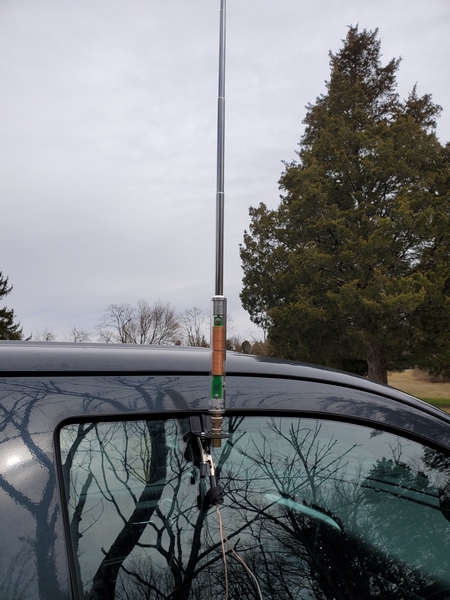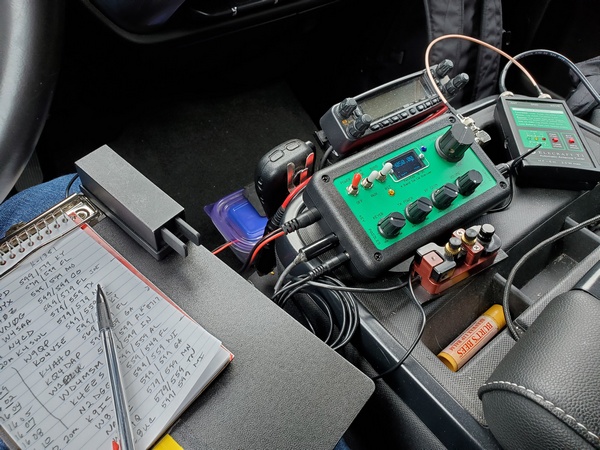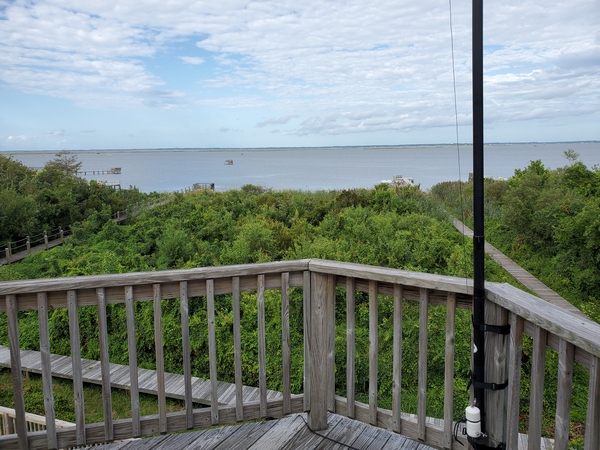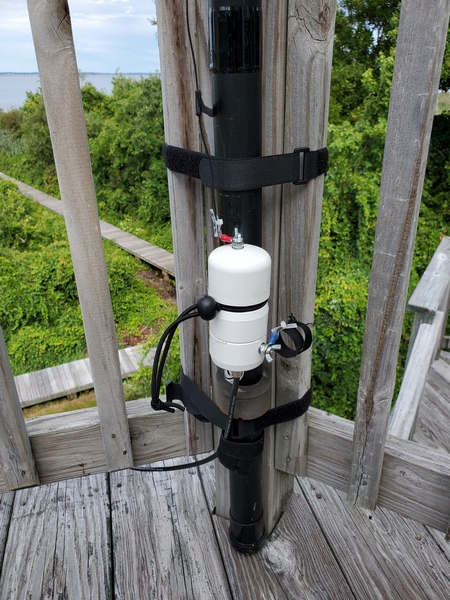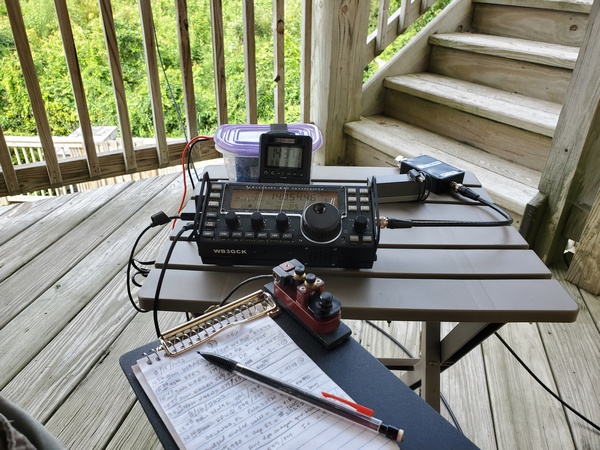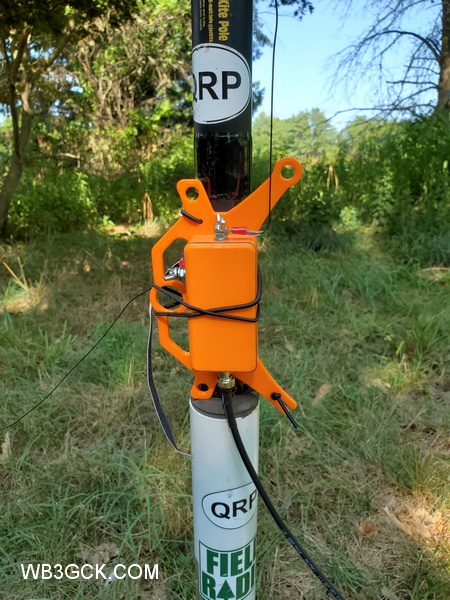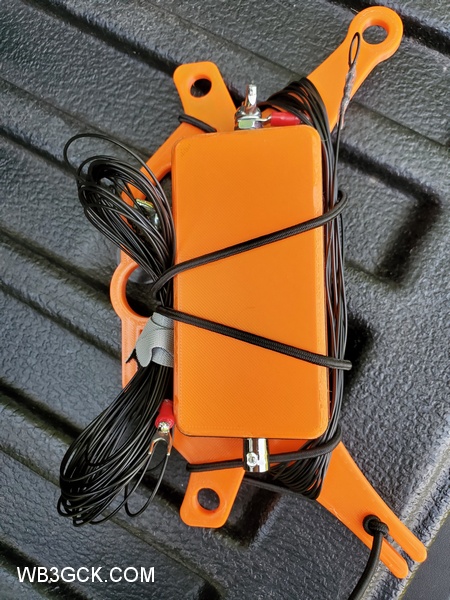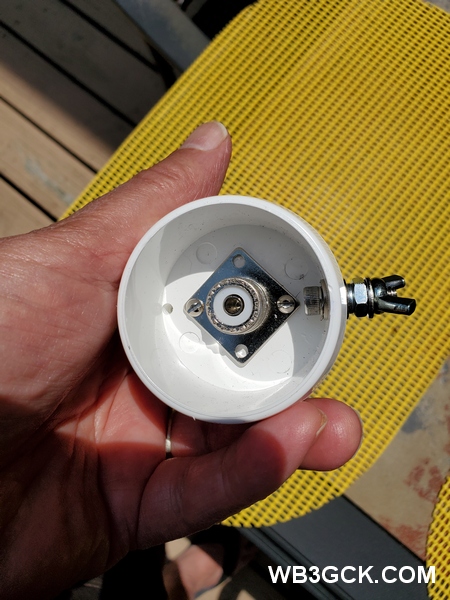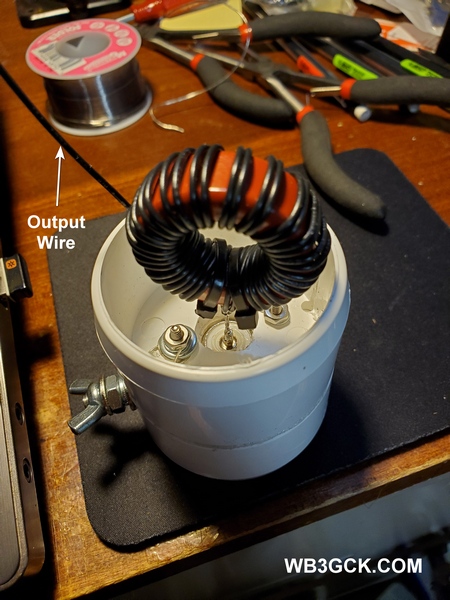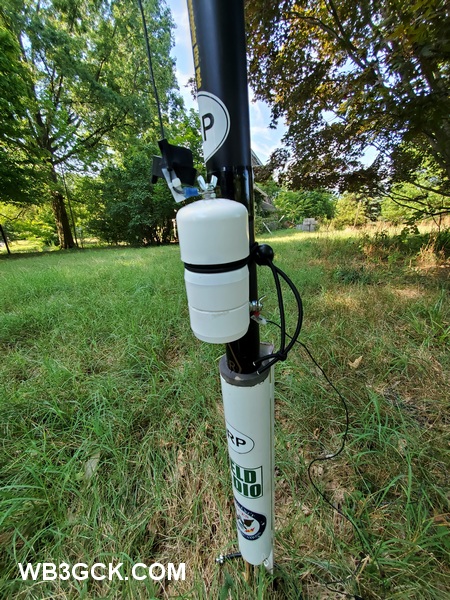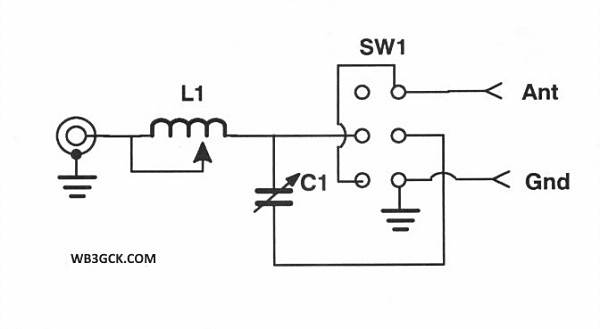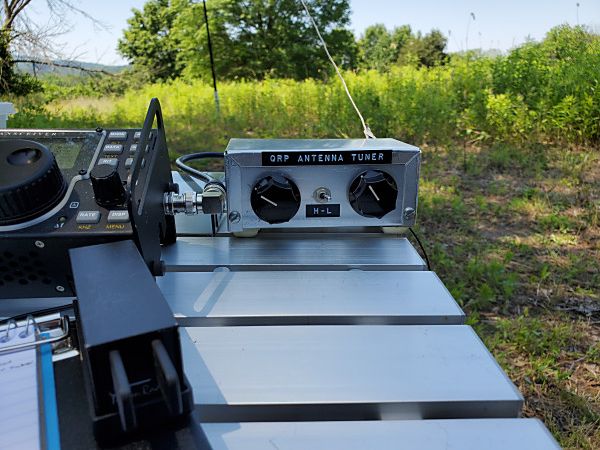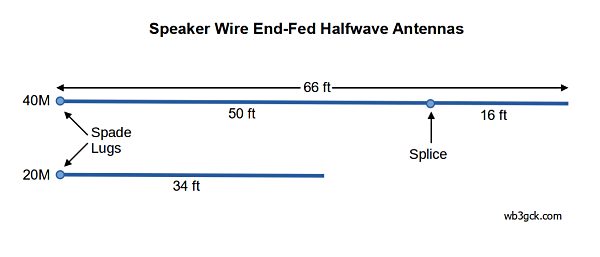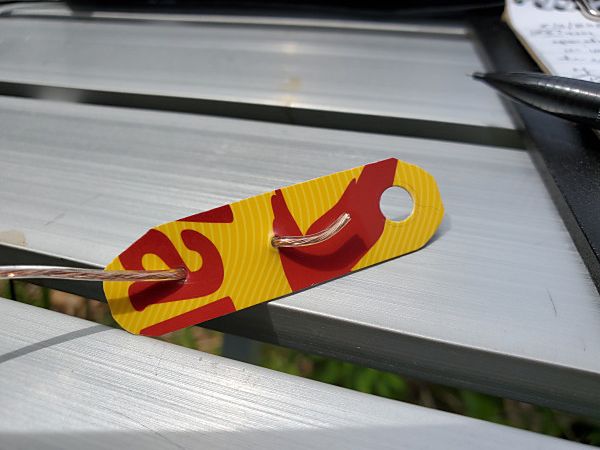Inspired by some blogs I follow, I’ve recently dusted off my Elecraft AX1 antenna and started putting it to use. Until now, I’ve kept it stashed away in my backpack as a backup antenna that I’ve never needed.
So far, I’ve used this versatile little antenna a couple of ways. Most recently, I’ve used it with an old window mount, while operating “stationary-mobile” in my truck. I’ve also used it while “picnic table portable,” using an Elecraft AXT1 tripod mount and my little Ultrapod tripod. If I’m using my KX3, I can use the AXB1 BiPod Mount to support the antenna.
One other use case I wanted to address is operating “bicycle portable.” If I’m out on a bike ride and stop for some radio, it would be handy to use the bike to support the AX1. Browsing around on eBay, I came across an interesting camera mount clamp that looked like it might work well with the AXT1.
I found this gizmo listed as a “clamp mount ball head” from a company called, SmallRig. It’s a clamp with a standard ¼-20 camera mount, and it works perfectly with the AXT1 tripod adapter. I can fasten the clamp to the handlebars, to give the AX1 some elevation. I would post a link for the clamp, but eBay listings come and go too fast. However, if you search for “clamp mount ball head,” you should find lots of them from a variety of sellers.
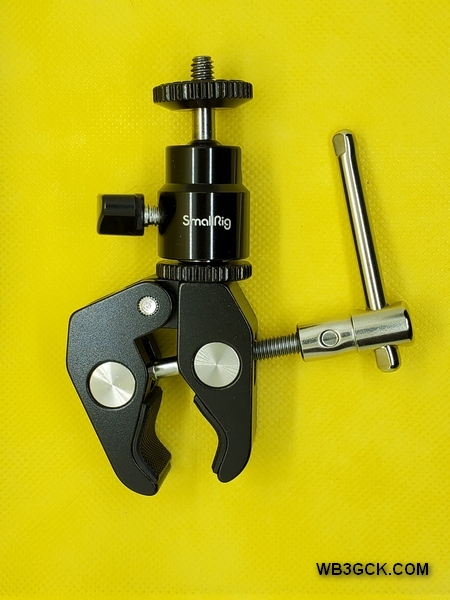
To test it out, I packed my radio gear and headed out for my first bike ride of the year. I rode a few miles on the Schuylkill River and Perkiomen trails to a local park.

I set up my TR-35 on a bench in the picnic area and mounted the AX1 on the handlebars of my bike. Even with the bike leaning, the clamp’s adjustable swivel allowed me to keep the antenna vertical. I used two radials clipped to the AXT1 tripod adapter with an alligator clip. A six-foot length of RG-8x coax was more than enough to reach the rig. I was on the air in about 3 minutes.
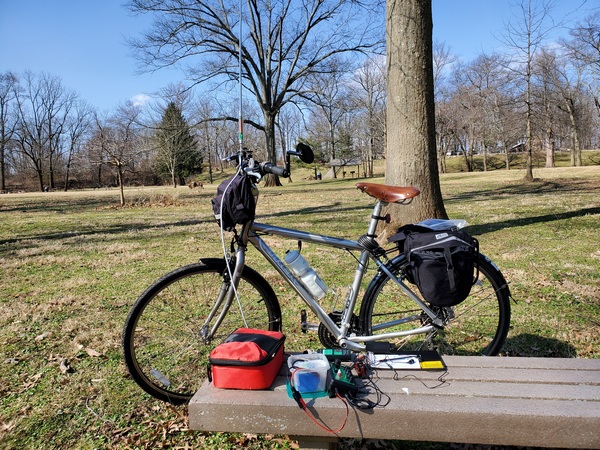
The T1 tuner easily tuned up on the 20M band. During my brief stop in the park, I worked POTA stations in Virginia, Illinois, and Georgia. Pleased with my new bike mount, I packed up and continued on my ride.
I have a feeling I’ll be taking this handy antenna setup along on more bike rides in the future.
72, Craig WB3GCK

